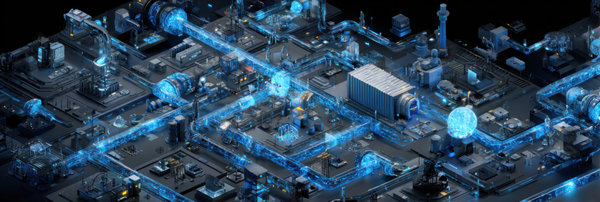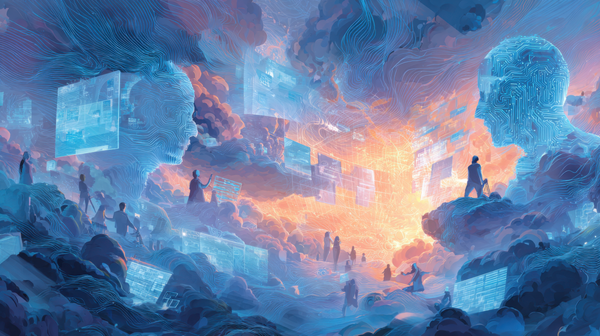The New Role of the Architect in an Agentic World

The role of the architect is being rewritten.
Not by new frameworks or methodologies, but by intelligent systems that can design, optimize, and learn on their own.
As AI agents, autonomous workflows, and generative tools become part of daily operations, architecture itself becomes dynamic.
It’s no longer a static blueprint. It’s a living system that continuously adapts and improves.
From Control to Coordination
For years, architecture has centered on control: standards, reviews, governance.
But in an agentic world, control alone is not enough.
AI systems generate code, detect anomalies, and make real-time adjustments faster than any process can document.
The architect’s role shifts from enforcing compliance to guiding intelligent collaboration between humans, systems, and autonomous agents.
We become orchestrators of interaction, not owners of process.
Adaptive by Design
Modern architecture must be able to evolve.
A well-designed environment responds to signals: performance, usage, or ethical risk.
It learns. It self-corrects.
This means architects no longer design systems that simply work; we design systems that grow. Adaptive ecosystems that continuously align technology with intent and outcomes.
New Building Blocks
Three elements define this next phase of architecture:
- AI Agents: autonomous components that analyse data, act, and improve through feedback.
- Policy-as-Code: governance and principles embedded directly into automation.
- Feedback Loops: continuous sensing and learning mechanisms that keep systems aligned with goals and values.
Together, they create architectures that are aware, responsive, and self-optimising.

The Architect as Ecosystem Designer
The modern architect designs behaviour as much as structure.
We define how systems and teams interact, how decisions are made, and how accountability is shared.
Our focus expands from technology stacks to value creation and observability, ensuring that every intelligent component contributes to business outcomes in a responsible way.

A Redefinition of the Profession
AI will not replace architects.
But it will challenge us to evolve, to think less about control, and more about direction, coherence, and learning.
The future architect builds trust between humans and machines.
We design systems that think, act, and improve, responsibly and transparently.
The true transformation of architecture lies in its shift from structure to intelligence, evolving into a discipline that learns, adapts, and connects human and machine purpose.




